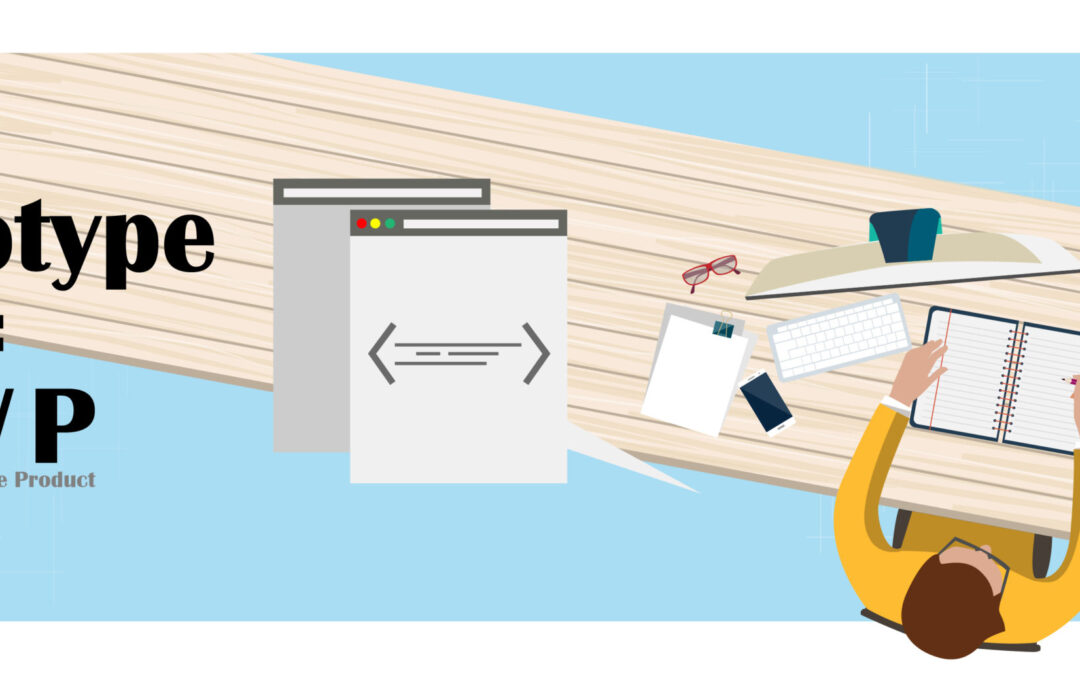First time founders often miss the difference between a prototype and a MVP (minimum viable product). In this post, we explore the difference.
Prototypes and MVPs (minimum viable products) are both about getting product validation, but they are aimed towards different target audiences and the processes behind creating them are not the same. As a CTO consultant I frequently see first time founders confusing the two and ending up with neither.
A prototype is that first sketch of your idea. You have something clever and a few friends like the idea of it, so now you need to have something to show to a potential investor that gets the point across quickly. This stage of fundraising typically targets $50k-100k from friends and family (or more specifically investors who trust you just as much as they trust your idea).
An MVP is the very first small version of your product for wider circulation. You’ve raised the friends and family round and are intending to build something that actually works and in itself provides at least one piece of functionality that makes your product special. This is the code that will be the backbone of your codebase for the foreseeable future. Your goal is to start building a user base while raising $250k-1M in an angel investor seed round.
Prototyping is quick and dirty. If you’re non-technical it’s about some Balsamiq mockups and hustling to get as many eyes as possible on it. If you are technical, it might mean a few Red Bulls and some late nights to get some AdWords campaigns to measure click through rates. Either way your goal is to determine whether this idea could really go somewhere and what changes would get it further down that path.
After circulating the prototype and raising a bit of funding for MVP development, don’t overestimate the value of the prototype! It’s purpose is research and validation. The prototype’s lifespan ends around here. You pass it around, you raise your first small chunk of money and most importantly you get feedback. If that didn’t happen, you alter it and you try again. That critical first round of validation should signal a shift in development style. You should start building your MVP off right with the knowledge you got from your prototyping round. This could mean throwing away some or all of your prototype, but more importantly means that you go into a different mode of building. You move from rapidly thought out UI’s and short-term code to something that will see you through your first set of users.
MVP code should be planned out in a week to week schedule with deliverables and goals. The end goal of an MVP is to start raising a substantial seed round for continued development.
This development style change is critical and something many first time founders miss. Both approaches are tools that should be used in the right place and at the right time. Don’t waste time and money using the wrong one.
If you want to discuss building an MVP the right way, please reach out to us, and follow us on Twitter @drh, and @_svsg.
The above is an overview of a prototype and a MVP (minimum viable product). In future posts, we’ll look more closely at best practices for building your prototype and MVP from the perspective of a CTO.
